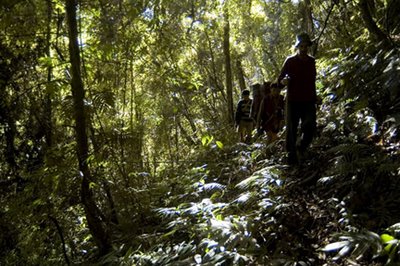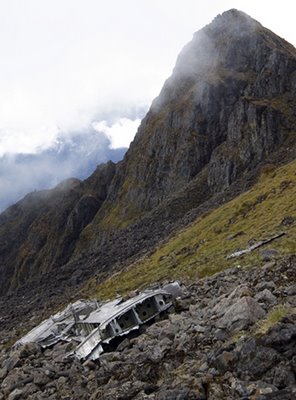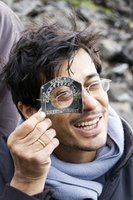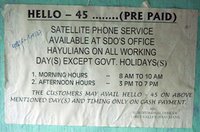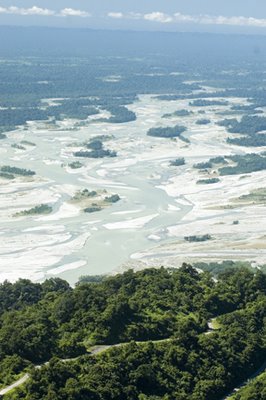
One of the things that I like to do when I visit my mother is to go through the trunks in which she keeps my father’s clothes. I have spent many lazy afternoons, while the rest of the house sleeps, foraging through the history of my father, as seen through his suits, blazers, and military uniforms from all the different eras of his life. Being in the Army, protocol and decorum demanded that he attire himself in a certain manner for different occasions. In his ‘civvies’ there is a sharply tailored cream cotton corduroy suit that he must have worn as a young buck to the Sunday tambola and beer sessions at the Officer’s Club before the advent of airconditioning. The green serge blazer badged with the
 Maltese Cross of the Garhwal Rifles that he wore over his white Fred Perry T-shirt and white pleated gabardine pants for the compulsory evening games session. The discreetly pinstriped suit with a wonderful maroon Chinese brocade vest that provided a peep of rich colour worn for parties at the Mess or the numerous ‘barakhanas”.
Maltese Cross of the Garhwal Rifles that he wore over his white Fred Perry T-shirt and white pleated gabardine pants for the compulsory evening games session. The discreetly pinstriped suit with a wonderful maroon Chinese brocade vest that provided a peep of rich colour worn for parties at the Mess or the numerous ‘barakhanas”. Then there are the uniforms. OG everyday work wear that was starched and ironed into knife-edge creases with the lanyard clipped to the shirt pocket and the red tags of a full Colonel clipped to the collar. Wonderfully warm woolen ‘angora shirts’ he switched over to in winter. Ceremonial parade uniforms worn with a crossbelt, the swashbuckling Mess Jackets in white and black that were worn over smartly piped dark pants and a wide crossbelt across the chest glinting with the silver of the regimental crest. Then there is the unfortunately named monkey jacket – a white waist-length jacket that tapered to a point behind the back. And dozens of hats, caps, berets carefully mothballed in hatboxes.
But what I love the most are his military-inspired outdoor clothes. A wool-lined blouson closed up in front with a sturdy brass zipper, the cuffs fitted snugly with snap buttons that he wore for long family drives in winter. A black leather trenchcoat that he jauntily wore over tweeds and corduroy. He converted a pair of canvas jungle boots into Chelsea boots by covering the uppers with leather and adding a wide band of matching elastic at the sides.
My favourite article, however, is his bush jacket, provenance unknown. The fading label at the collar says Duro Wear, US Marine Bush Jacket, 1944. It was probably picked up from Sircar’s, the well-known military outfitter in Paltan Bazaar, Dehra Dun. Made of a lightweight, herringbone khakhi twill, it makes any trip feel like an adventure. Fastened with horn buttons, and the epaulettes at the shoulders kept the binocular straps in place when my father went on a hunt or one of his quietly reflective fishing trips. Its best utilitarian feature are the four large pockets that expanded to hold whatever he might need – from a metal hip flask, sketchbooks, to his Agfa Isoly camera. My father wearing this bush jacket was my mental snapshot of the elegance of Old World macho much before I came across pictures of Hemingway and London exuding bravado in their similar safari jackets.
Whenever the weather turns a bit mellow, like how it now in Mumbai, I wear the jacket while riding my Royal Enfield motorcycle. I turn the cuffs up to my forearms to feel the cool breeze and now the epaulettes hold digital camera straps, while the pockets provide ample secure space for my iPod, cell phone and other effluvia of modern life. Though my adventures are far more urban, it’s a perfect example of form meeting function (with a dash of romanticism), which sums up the appeal of the bush jacket itself.

